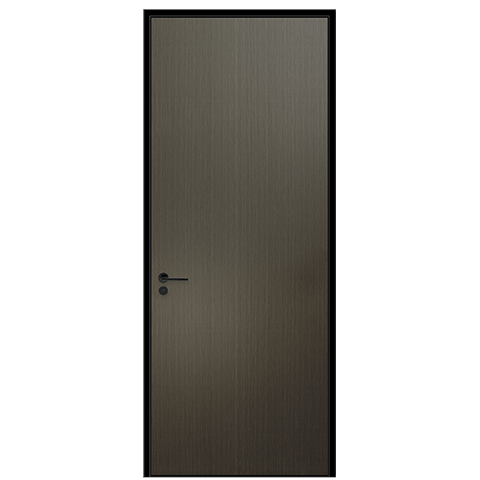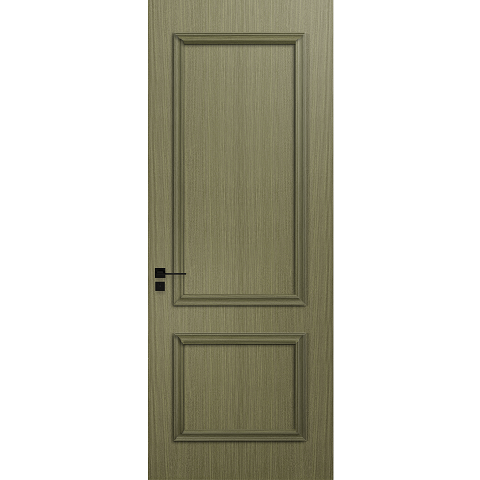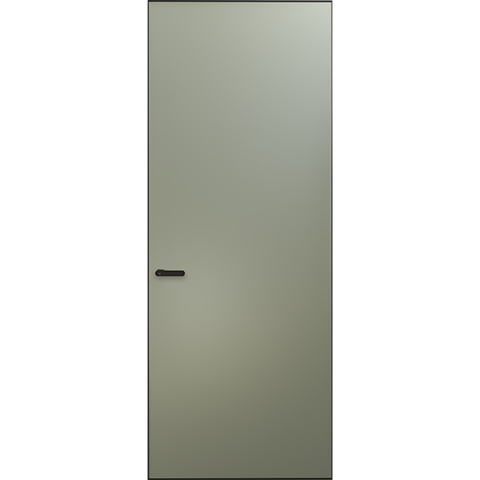How to understand ultra-low energy buildings?
Indicator 1: Energy consumption demand
Passive houses are first of all houses with extremely low energy consumption requirements. The energy consumption requirements make passive houses design from the source, that is, to make the house itself have extremely low energy consumption requirements.
1. The annual heating demand per unit area of the house Qh≤15 kWh/(m²·a);
2. The heating load per unit area of the house qh≤10 W/m²;
3. The annual cooling demand per unit area of the house, Qc≤15 kWh/(m²·a);
4. The cooling load qc of house cooling, max≤20 W/m²;
5. The annual primary energy demand per unit area of the house is EPT≤120 kWh/(m²·a).
The energy consumption of passive house is represented by primary energy, which is the energy resource that exists in nature in its original form and has not been processed and converted, also known as natural energy, such as raw coal, oil, natural gas, etc.
When a certain building energy is converted into primary energy, it is necessary to consider the energy loss of this energy in the process of extraction, transportation and processing conversion.
These regulations limit the energy consumption not only for heating but also for cooling the house; they distinguish Passive Houses from some so-called low-energy buildings.
For example, some zero-energy buildings or ultra-low energy buildings have high energy consumption requirements, but meet the energy consumption of buildings by using a large amount of solar photovoltaic and solar thermal.
Indicator 2: Indoor Environmental Indicators
Passive house is first of all a house with a high degree of comfort. The indoor environment of the residential building should be in a comfortable state all year round. The indoor environment is stipulated as follows:
1. The indoor temperature is 20℃~26℃.
2. Over temperature frequency ≤ 10%.
Passive House allows overtemperature, that is, the sum of the number of hours when the indoor temperature exceeds 26 °C in summer and the number of hours when it is below 20 °C in winter, and the frequency of the ratio of the number of hours throughout the year ≤ 10%.
This regulation takes into account that people may choose to live in an indoor temperature below 20°C in winter and above 26°C in summer.
3. Indoor carbon dioxide concentration ≤ 1000 ppm.
Passive House requirements for indoor CO2 concentrations of ≤1000 ppm ensure that the indoor air must always be fresh throughout the year. Once the limit is exceeded, the fresh air unit will automatically replenish fresh air.
4. The temperature difference of the inner surface of the non-transparent part of the envelope structure shall not exceed 3℃, the inner surface temperature of the envelope structure shall not be lower than the indoor temperature of 3℃, and there shall be no condensation on the indoor side of the doors and windows.
The requirement that the temperature difference of the inner surface of the non-transparent part of the envelope should not exceed 3°C and the temperature of the inner surface of the envelope should not be lower than the indoor temperature of 3°C, makes the thermal insulation performance of any part of the outer envelope of the passive house not weakened. .
Structural thermal bridges caused by beams, slabs and columns should not appear on the roof, outer walls and ground, and there should not be too weak parts on the outer doors and windows to avoid condensation.
5. The sound transmitted through the pipe network and auxiliary channels should meet the requirements of ≤35 dB in the computer room, ≤30 dB in the functional room, ≤30 dB in the living room and ≤30 dB in the bedroom.
Passive houses have stricter regulations on indoor noise.
Article 5.3.1 of the national standard "Residential Design Code" GB 50096-1999 stipulates that the allowable noise level (A sound level) in the bedroom and living room (hall) of the residence should be less than or equal to 50dB during the day and less than or equal to 50dB at night. Equal to 40dB.
As a high-end residence, passive houses have stricter control indicators than this standard value.
Indicator 3: House Airtightness Indicator
The air tightness of the house refers to the number of air changes per hour in the house under the condition of indoor and outdoor pressure difference of 50 Pa. The passive house requires air tightness N50≤0.6.
The building envelope should have the function of isolating indoor and outdoor air infiltration, which is particularly important in winter. Therefore, the exchange of passive house building and outdoor air is achieved through a controllable mechanical system.
The airtightness of the building is very important for the Passive House. In addition to reducing heat loss, its airtightness can also control the humidity of the indoor environment and protect the building structure.
 Hot Recommendation
Hot Recommendation
 Latest Products
Latest Products



